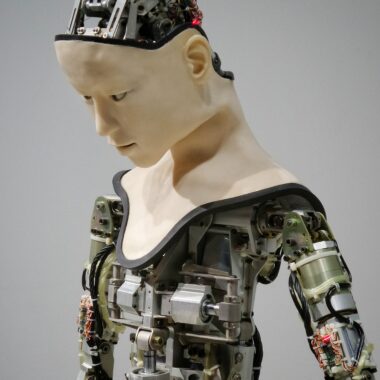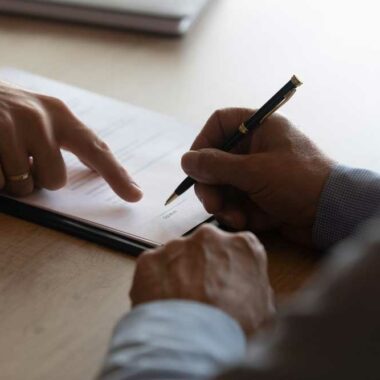The detailed description is the core of the patent application. Here you will set forth all essential details about the invention and its embodiment. It is useful to construct the independent claims based on this section of the application. It is important to describe every constituent of each embodiment in a way that will convince the statutory requirements of 35 U.S.C. 112. The first paragraph of 112 necessitates that the specification must describe (1) the subject matter recited in the claims, (2) how to make and use the invention in such full, clear, concise, and exact terms as to enable one skilled in the art to do so, and (3) the finest mode considered by the inventor of carrying out the invention at the time of filing.
The standard for determining conformity with the written description requirement is, does the description clearly allow persons of ordinary skill in the art to recognize that he or she invented what is claimed. In comparison, the enablement requirement ensures that the information contained in the patent application is conveyed in a mode that is meaningful to those who are skilled in the art. Thus, the specification must include adequate information as to enable one ordinarily skilled in the art to make and use the claimed invention. The check for enablement is whether one skilled in the art could make or use the claimed invention from the disclosures in the specification together with information known in the art without excessive experimentation. If excessive experimentation is required, there is a failure to meet the enablement prerequisite that cannot be rectified by affirming that all the disclosure related to the process is within the skill of the art. It is the specification and not the knowledge of one skilled in the art that must provide the novel characteristics of an invention in order to represent adequate enablement.
The next requirement under Section 112, first paragraph is that the disclosure must set forth the best manner contemplated by the inventor. The best manner requirement creates a statutory bargained-for-exchange by which a patentee obtains the right to prohibit others from practicing the claimed invention for a certain period of time, and the public receives information of the preferred embodiments for practicing the claimed invention. In order to comply with this requirement, the inventor, at the time of filing, must possess a best manner for practicing the invention and if so, then the best manner must be disclosed in the description such that a person skilled in the art could practice it.




